Theres a lot to learn and not a lot of time to do it in. While true it is also easy to feel like we
need to rush to a skill level or a solution without the realization that going too fast outruns
the real value in a more thorough but slower approach. Consider someone learning carpentry
through an apprenticeship. They work alongside a skilled carpenter, engaging in hands-on
projects. They not only learn the steps to create a piece but also understand the
characteristics of different woods, the impact of humidity, and the nuances of various tools.
Marksmanship has largely been like this through the years, and while slow, it allowed a
rifleman to develop many diverse skills in tandem with reality provided feedback to
complement their application and align progress with holistic skill development.
Manual of Arms
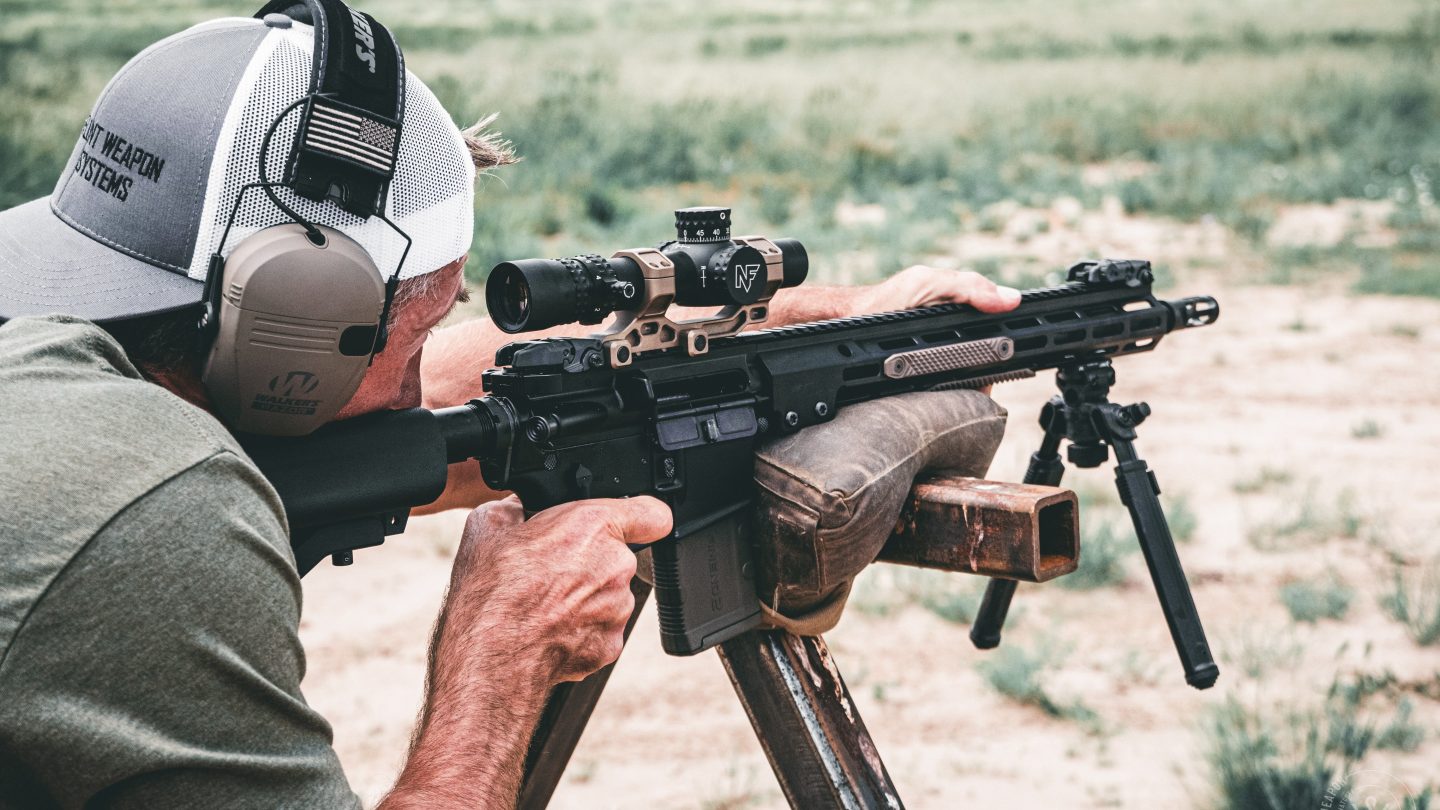
Taking some time to familiarize yourself to your rifle system and how you intend to use it
without rushing along allows some exploration, some experience without goals, and some
time to let the nervous system apply knowledge we already have about the world into the
growing framework of becoming a rifleman. This tendency to rush has only been exacerbated
with the insertion of many technological devices that while convenient, take away many
important elements that can be argues to be worth the time to develop before passing the
duty off to an algorithm.
Technology offers us many benefits, and one of the main benefits it offers is time savings.
Calculation times, integration of data, and objectiveness can make technology a welcome
assistant and aid in many activities. Using the comparison of woodworking to RifleKraft, let’s
think about technology in this context. Relying solely on online woodworking tutorials might
teach specific techniques for creating certain items, but they might miss the broader
understanding of wood properties, potential variations in projects, or the improvisation skills
that come with real-world experience.
Gravity Ballistics Enters the Discussion
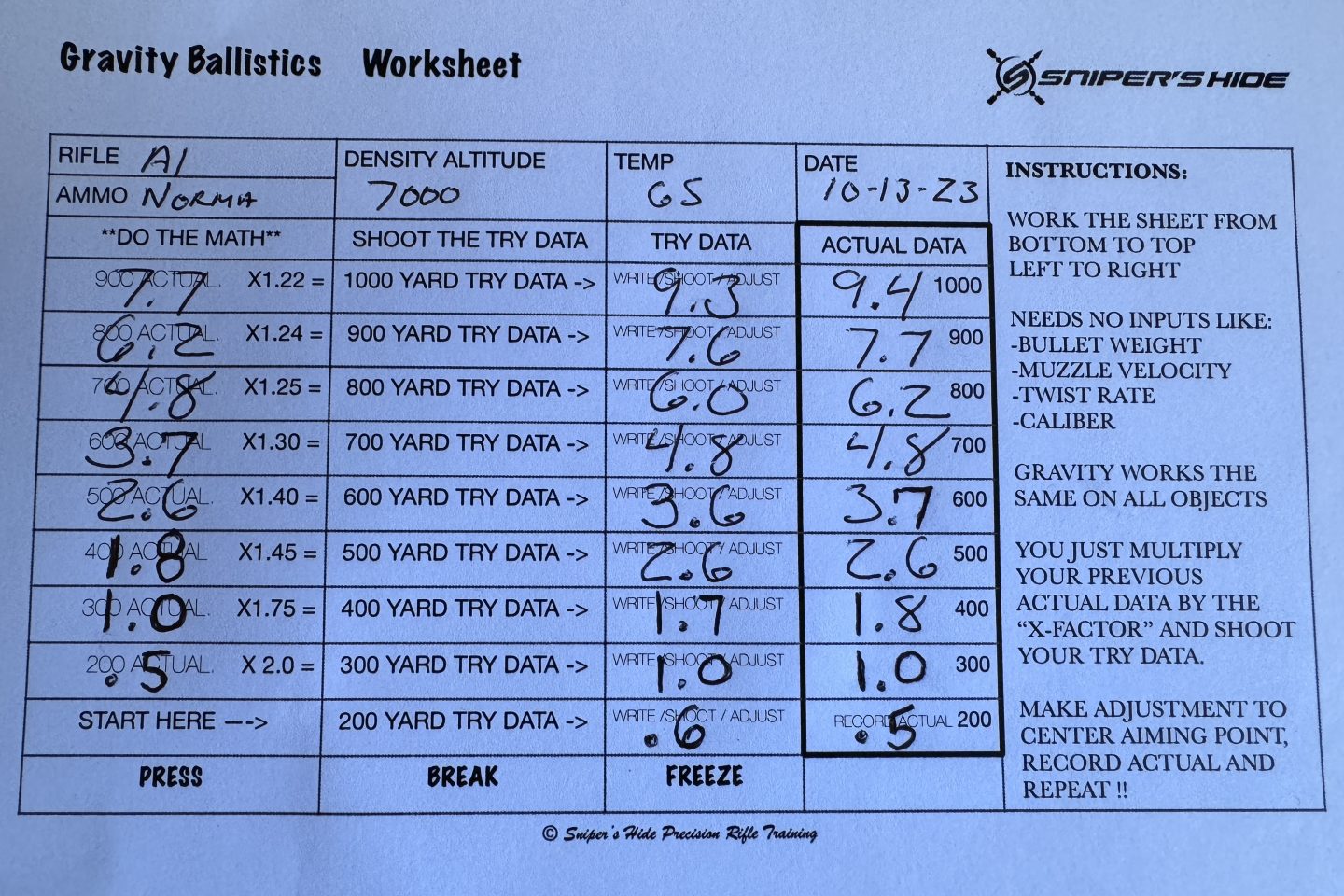
One of the reasons I have come to love the Gravity Ballistics app developed and recently
released by SnipersHide is that it uses technology without pushing you to make it do the
thinking for you. What I mean is that traditionally a rifleman would shoot and record shot
data in a log. Day after day shots would be taken and recorded. Clearly after a while there
would be many pages and this would slow down access, but the familiarity of the rounds
trajectory and relationship with the elements was deeper. The Gravity Ballistics system asks that you
yourself shoot waterlines to gather drop data. Yes, you can plug in numbers and get close
using an app and several other devices and often come close, but you skip the thought
connection component of shooting and connecting an elevation to an impact. At your range
or similar environments youre going to see the same elevations for the same distances. This
can be overlooked and induce panic to someone who hasn’t slowed down to ask some
important questions.
Reality is reality and a bullet flying at a predictable speed and trajectory is going to have a consistent time of flight. The consistency is predictable which is why a calculator can make those predictions, but you also have to enter numbers that allow for the calculation to be close. One shot can tall you a lot of information without any of those numbers.
A similar shot is likely to behave in the same way. In reality if you have the data for
impacts at distances you should on your own be able to know what to hold for various
distances on your own. The connection can save you a lot of time and heartache down the
road as you navigate through your journey.
Technology to the rescue or to the wreckage
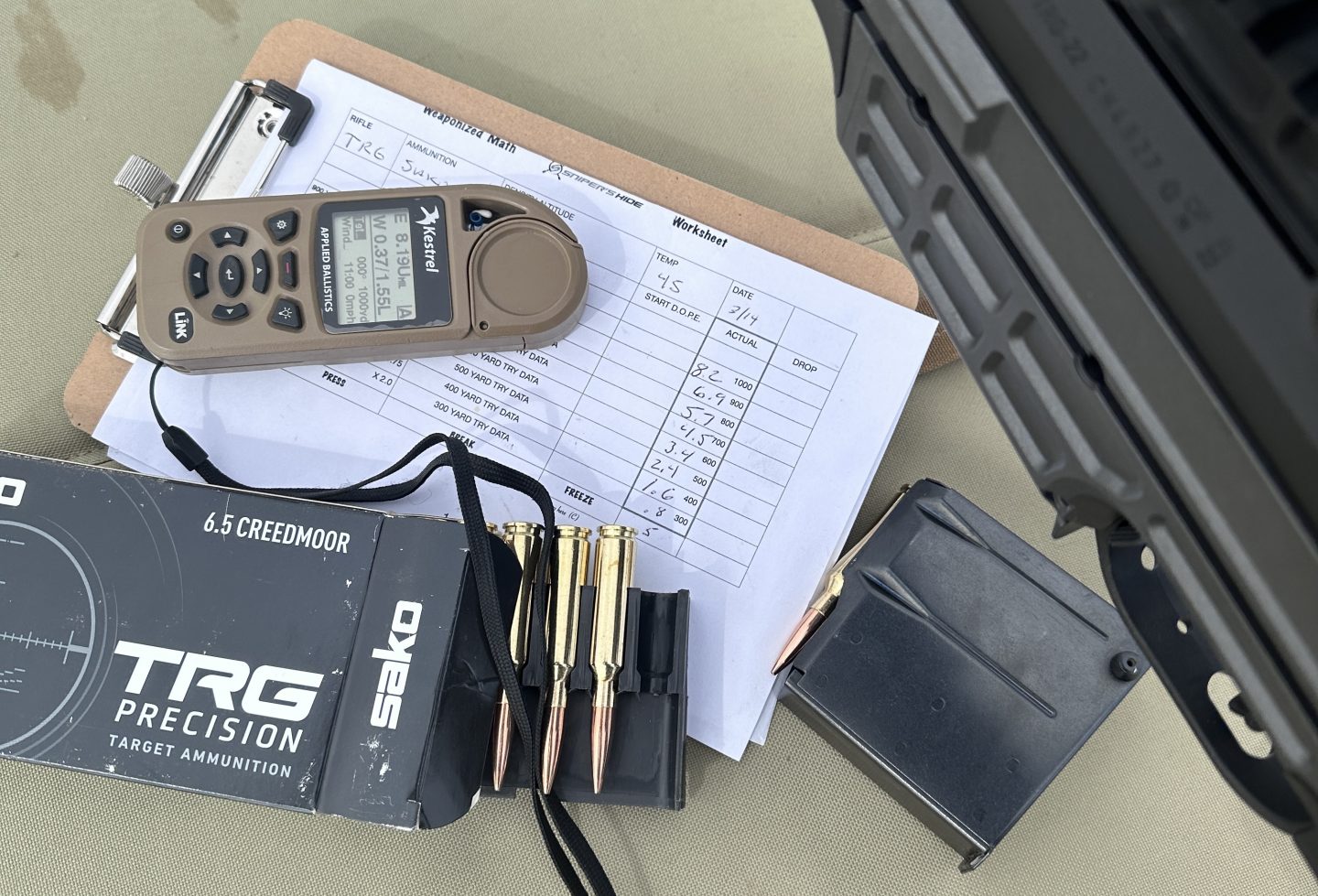
Taking it to other examples that rely on technology for more comparisons: In the realm of
healthcare, imagine a medical student relying solely on online simulations to learn surgical
procedures. While the simulations provide step-by-step instructions, they may not convey
patient-specific variables, unexpected complications, or the nuanced decision-making that
real surgical environments demand. This could result in a surgeon who can follow a set
procedure but struggles when faced with unique patient conditions.
Being able to diagnose a missed shot takes experience not just a list of things you heard.
Experience of trying many things and making the connections between what you did and
what happened. As those experiences line up you are able to utilize the super computer
between your ears to eliminate unlikely causes and narrow down a better solution. Without
this you might be forced to play with inputs to a machine that doesn’t know the differences
between whats being entered and outputting numbers that may work in the situation but
take you further from reality elsewhere.
Real World Skills Matter

One of the main benefits of traditional, hands-on, real-world learning rifle shooting is that it
allows you to experience many sets of conditions to which knowledge can be compared
against and adapted to. Because I like trying to make comparisons, let’s imagine an aspiring
chef working in a professional kitchen and how, over time, they might learn to adapt recipes
based on ingredient availability, customer preferences, and unexpected challenges. The
kitchen environment exposes them to diverse situations, fostering adaptability.
Imagine that same chef but instead of having taken the time to acquaint themselves with a
more diverse set of experiences, spends their time learning cooking exclusively from online
recipes. That chef might follow instructions precisely; however, when faced with a missing
ingredient or unexpected kitchen issues, they may struggle to adapt as they haven’t
experienced the dynamic and unpredictable nature of a real kitchen.
Technology with experience are an unbeatable combination, because you then take the
advanced and fast solving machinery and apply it in a way that reinforces what you know in a
way that doesn’t fish for outcomes, you simply arrive at the correct one faster. This is a big
win.
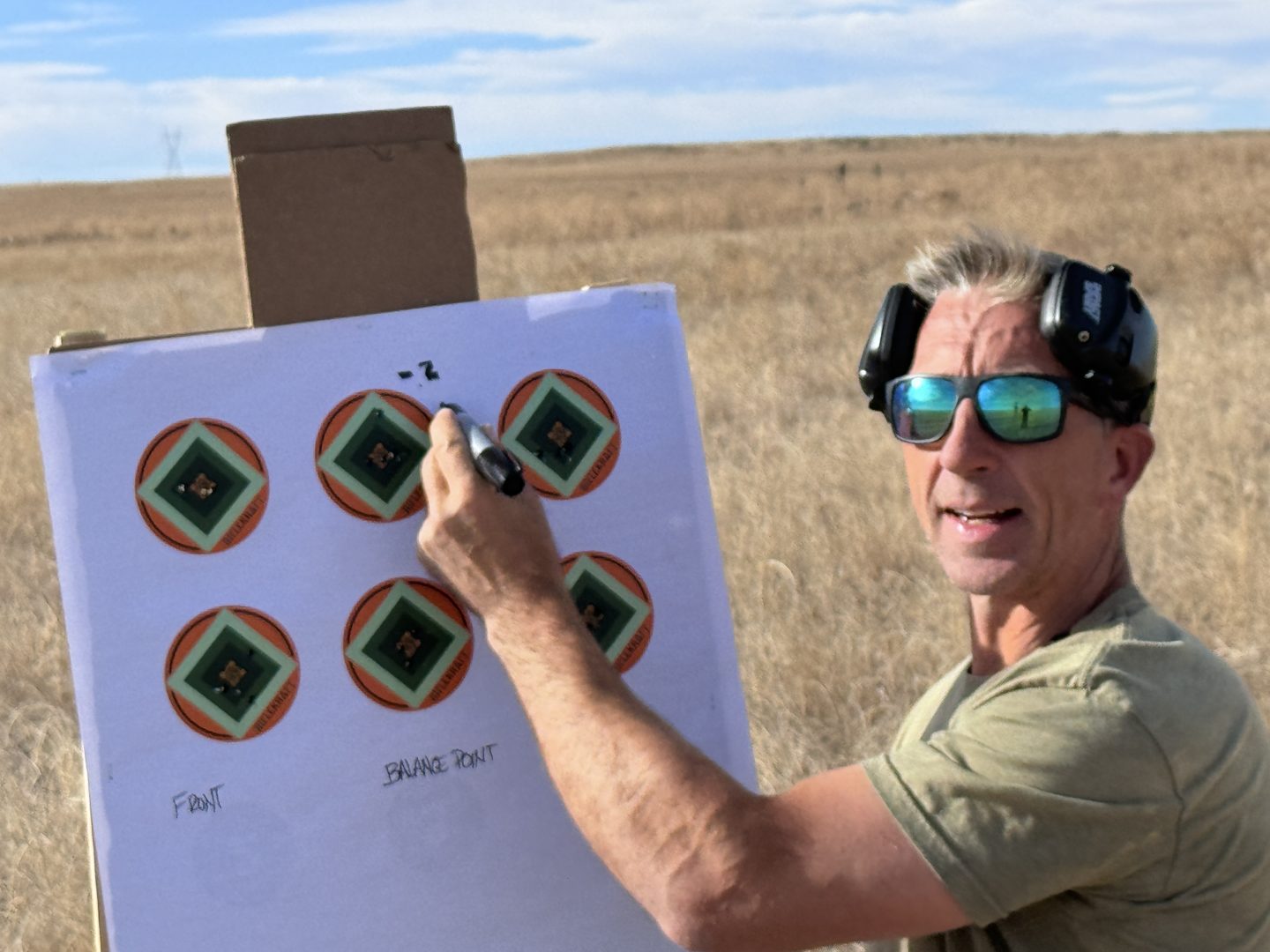
The Rifleman experiences the same in nature and on different ranges and terrain using their
rifle system. The ability to detect subtle changes in terrain that might affect wind on the
bullet’s flight, angle adjustments, movements of animals or targets, and how the patterns
they exhibit might affect the hold in real-time, lighting conditions, and many more are more
intuitive and experience-derived than an algorithm-determined number. However, applying
those nuanced numbers back into a gadget can then amplify and compliment your system to
achieve things in a way that without the gadget you would be too slow to make the numbers
work for you.
The Human Condition
Our human ability to experience results and interpret the feedback we get is often the place
where the saying “believe the bullet” gets tossed around. Imagine someone learning to play a
musical instrument with a teacher. The immediate feedback on hand positioning, timing, and
tone helps them correct mistakes swiftly, refining their skills. Just as a rifleman can see the
effects of conditions on the ultimate feedback the bullet provides and learn/adjust, a device
can’t do that for us in the same way, and neither does a video or any second-hand
knowledge.
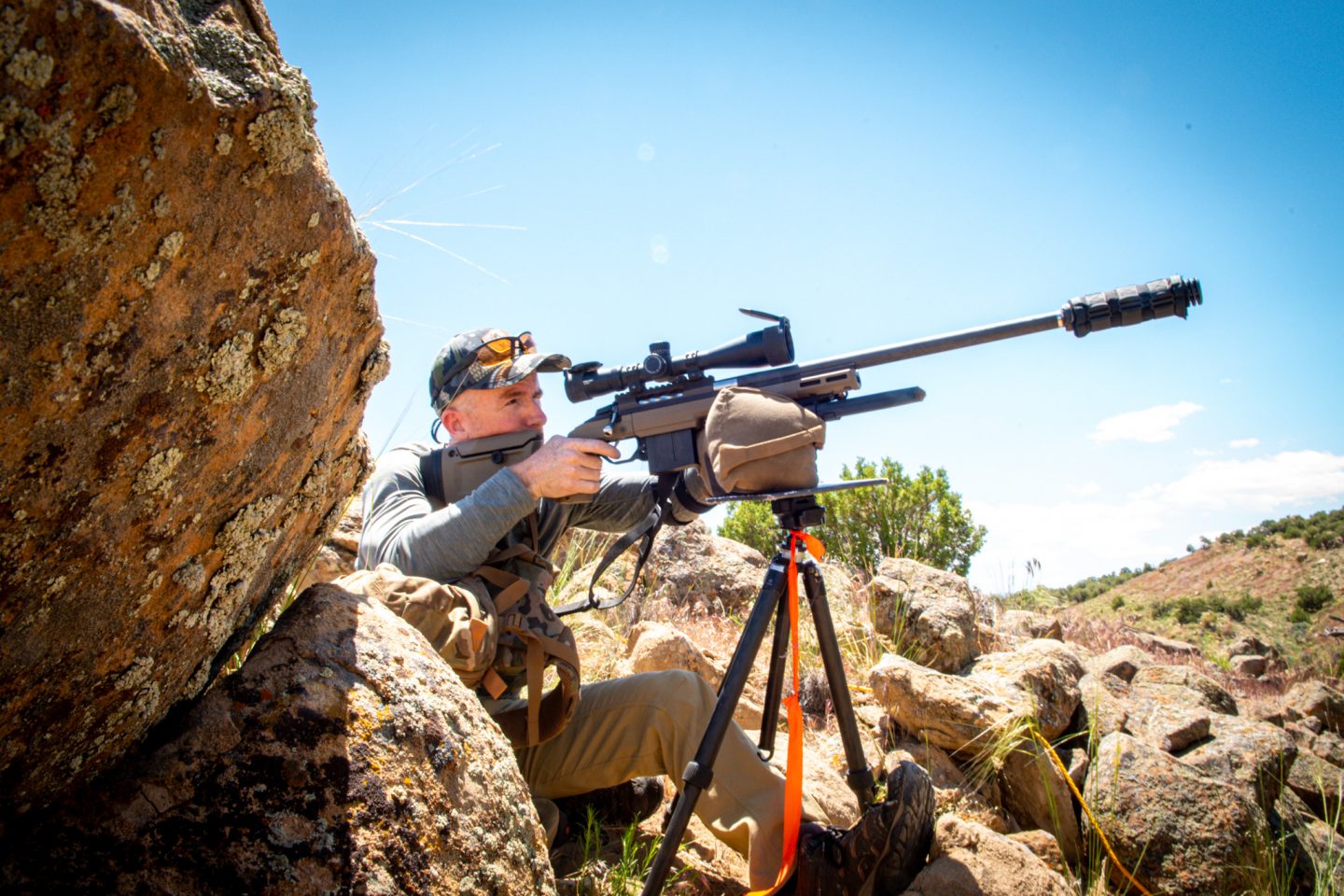
Bringing up Gravity Ballistics again, I think its helpful to know how your bullet flies and then line up the
numbers to match the distance. Once you are set with those drop inputs you have something
you can rely on and refer back to without the addition of micro inputs. That information is
priceless because you know that it works already. Reality is reality. If the gadget doesn’t
match the inputs, you know the micro details are off, not the other way around.
Research is fine, range work is final
A person relying on online tutorials might not receive immediate feedback. They may practice
with incorrect fundamentals or struggle with timing without real-time guidance, potentially
developing habits that are harder to correct later, or interpreting results as coming from the
wrong external factor (such as fundamental error causing miss but thinking it was wind).
As a person who spends a lot of time doing remote coaching that might sound contradictory,
but I am saying that it isn’t because the use of technology is there to aid in the capture of
direct knowledge and then amplify the results with tech to same travel time, trips, and
expenses to meet in person. Done correctly and used correctly technology certainly makes
life easier, but if used incorrectly the journey is complicated with circular and often repeated
failures inspired from trusting the wrong inputs and always getting the wrong outputs.
Another issue with tech can be the distillation into procedural elements that don’t paint a
clear picture of the art that maintains the framework of your message.
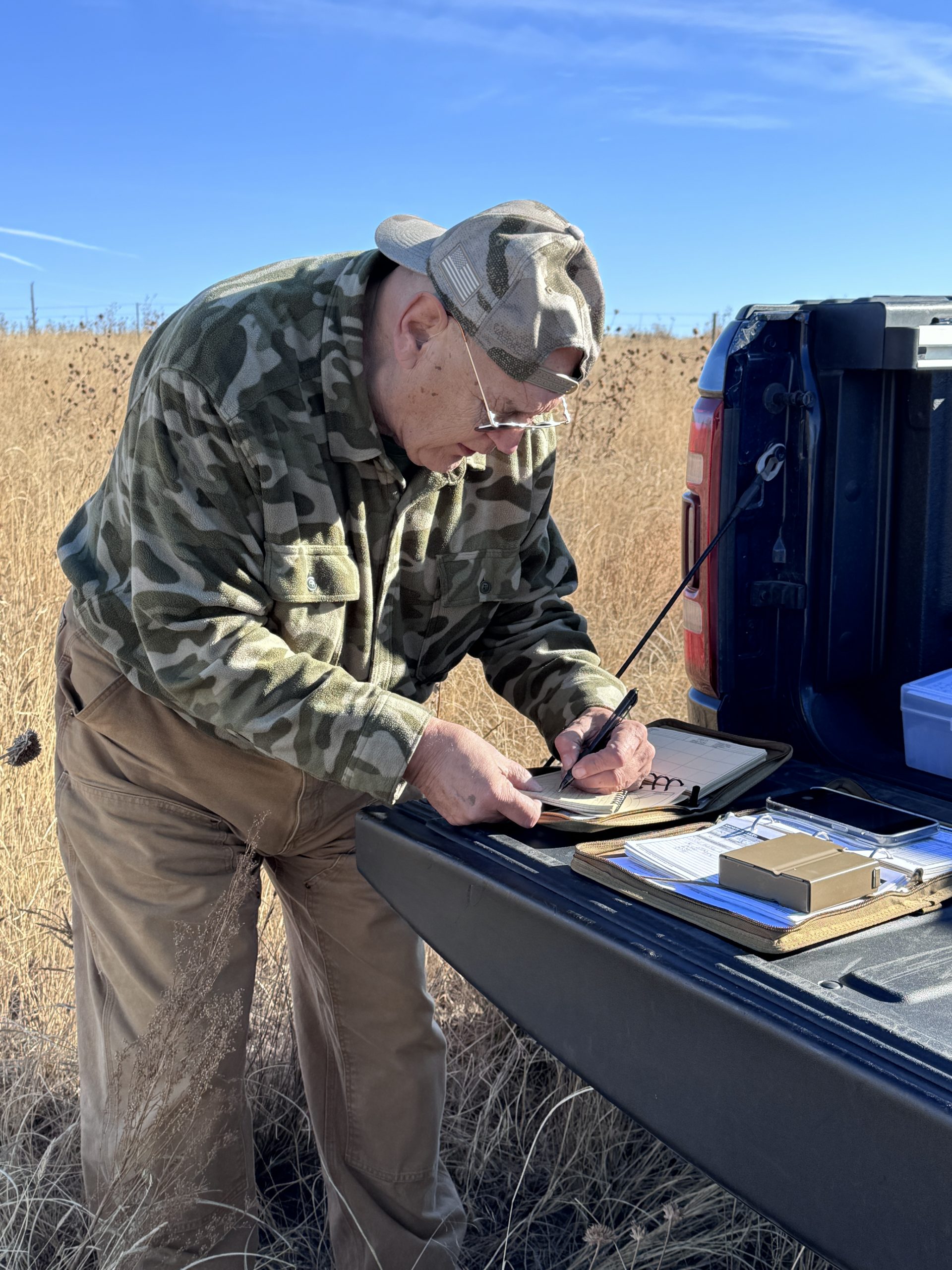
Learning that at your range it requires a certain amount of elevation to hit a target at a given
distance without the aid of computers is the start of building a holistic understanding. The
apprentice learns not just that the round is predictable but also that regardless of what a
calculator might say, the result is the same. The apprentice begins to understand the
connection to the factors that influence a shot and can work to hone each skill and be
measured by the resulting impact. After this, they can appreciate, adjust, and correct for
errors in a machine based on knowing how things work from experience rather than doing
what they were told to do by an inanimate object or video.
It’s the Fundamentals
Going back to other real-world examples to think about, imagine the case if someone solely
relies on online guides for car repairs. They might follow step-by-step instructions without
truly understanding the underlying mechanics. When faced with a unique problem not
covered in the guides, they may struggle to diagnose and solve the issue.
I feel that this highlights the risks of over-reliance on step-by-step instructions without the
capacity for contextual understanding.
In all the cases mentioned, the key is to recognize that while technology-driven learning
provides valuable resources, it should complement, not replace, traditional hands-on
experiences. The risk lies in the technology’s inability to fully understand and adapt to the
complexity and unpredictability of real-world scenarios and you need to be able to know
when the gadget is off rather than being led around by it scratching your head about why
you’re lost.
Balance in all things is the Key
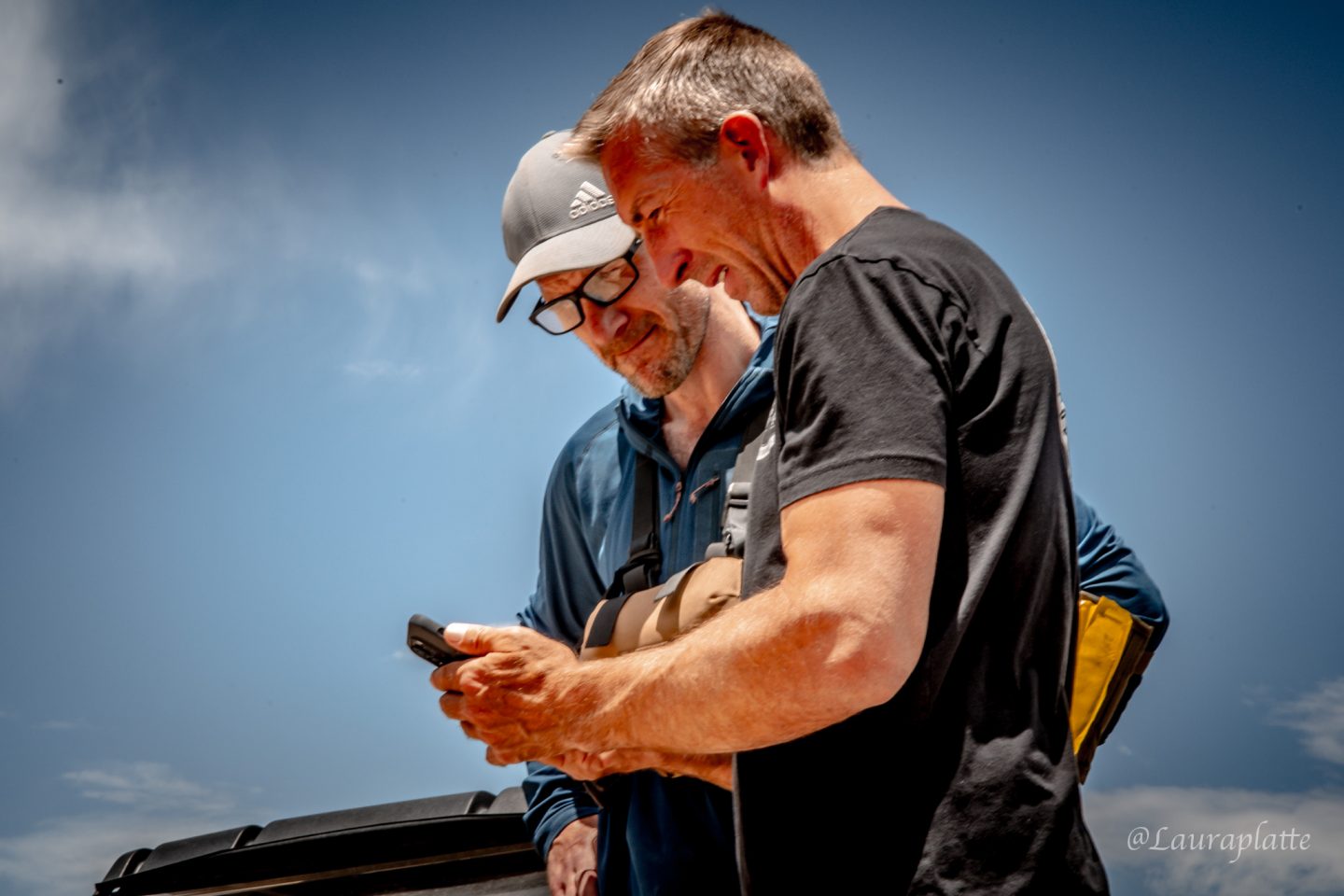
A balanced approach ensures individuals gain both theoretical knowledge and practical
wisdom, fostering a deeper and more adaptable skill set. Algorithms and virtual
environments, while valuable, may lack the depth of comprehension that comes from hands-
on experience and exposure to diverse and dynamic situations. So go to the range and bring
your stuff, but be the captain of your ship and steer the tools you have from your mind,
knowledge, and experience. When theres a gap, fill it before moving forward and find out
how and why a device might be leading you stray.

